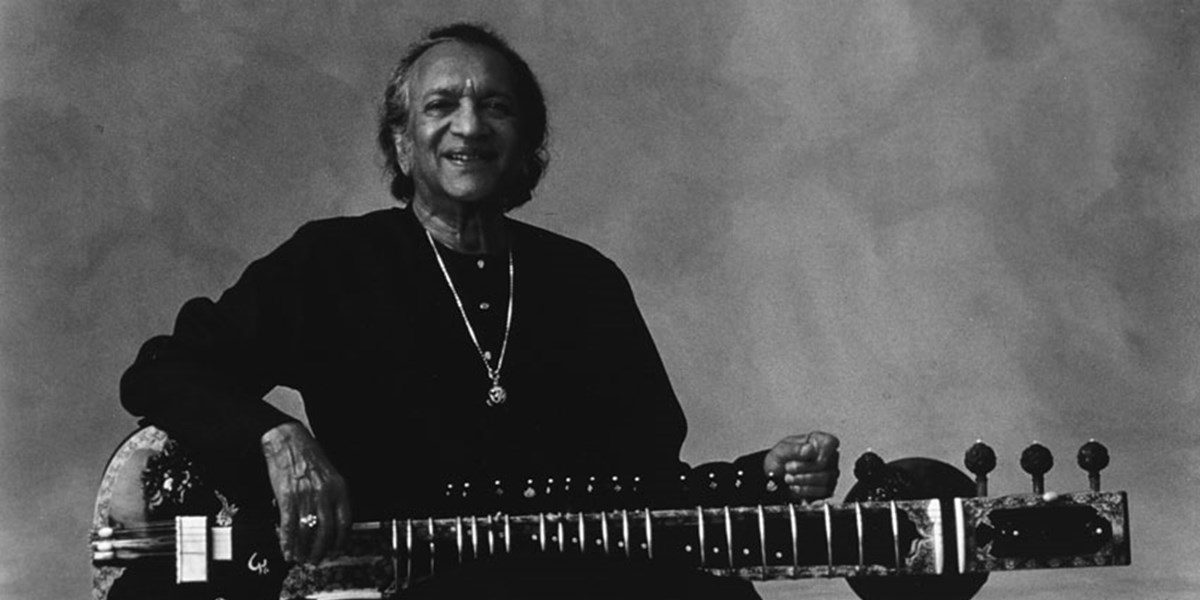Monday, January 21, 2019
The Rough Guide to World Music: Indian Classical Music
To enjoy a concert of Indian classical music, it helps a lot to have knowledge of the basic rules. Here, Robert Maycock and Ken Hunt introduce a rich musical tradition


Register now to continue reading

Thanks for visiting the Songlines website, your guide to an extraordinary world of music and culture. Sign up for a free account now to enjoy:
- Free access to 2 subscriber-only articles and album reviews every month
- Unlimited access to our news and awards pages
- Our regular email newsletters

